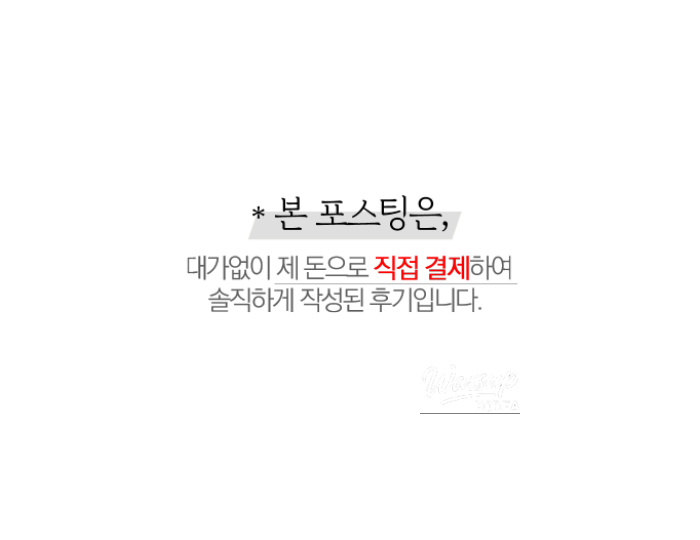Exploring Gaya Culture: Special Exhibitions at the Gimhae National Museum and Daeseong-dong Tombs Museum
190 Gayaui-gil, Gimhae-si, Gyeongsangnam-do

Hello from Gimhae Tourism!
Gimhae boasts a variety of museums with diverse themes, from the history of Gaya to ceramics and woodworking.
Today, we'd like to introduce two special exhibitions focusing on Gaya culture and history, held at the Gimhae National Museum, an archaeology-focused museum, and the Daeseong-dong Tombs Museum, which explores the culture of Geumgwan Gaya in connection with the Daeseong-dong Tombs.
These exhibitions offer a unique opportunity to encounter traces of the past through artifacts from ancient Gaya and historical records of Gimhae from 100 years ago, all viewed through a contemporary lens.
Admire a variety of relics and materials, glimpse into the lives and thoughts of people from that era, and let's embark on a journey through time together! ⏳
Gimhae National Museum Special Exhibition
"Coexistence of Time: Gimhae Daeseong-dong Tombs"
Dates: September 23, 2025 (Tue) ~ February 22, 2026 (Sun)
Location: Special Exhibition Hall, Gimhae National Museum
The Daeseong-dong Tombs mark the '2nd anniversary of the inscription of Gaya as a World Heritage Site' and the '35th anniversary of excavation'.
To commemorate this, the Gimhae National Museum is holding a special exhibition to explore the significance of the Daeseong-dong Tombs.
This exhibition brings together archaeological materials excavated from the Daeseong-dong Tombs over the past 35 years, showcasing the true essence of Gaya culture.
This special exhibition is designed as a blockbuster exhibition, rare for domestic content, and features displays utilizing large screens and media art, providing visitors with a unique exhibition experience.
The exhibition is divided into four parts, each focusing on a unique theme and artifacts.
Part 1: Symbol of Power, Revealed on Aegu Hill
Part 2: The Power of the Ruler, Speaks Through Remaining Artifacts
Part 3: Garakguk, Growing as a Trade Intermediary in East Asia
Part 4: Offerings Beside the Deceased, Looking into the Lives of the Gaya People
The Daeseong-dong Tombs are not merely spaces for burying the deceased but also symbolic spaces that vividly demonstrate the authority and culture of the ruling class of Gaya at the time.
Through the 'grave goods' buried together within the tombs during excavation, we can understand the status and power of the deceased.
Various grave goods have been discovered in the tombs, including pottery, weapons, trade goods, and animal remains.
✔️ Ornate gilt-bronze crowns and earrings, spears, axes, helmets, and scale armor showcase the technical skills and aesthetic sense of the Gaya people, as well as traces of fierce battles.
✔️ Furthermore, various artifacts from Japan and China prove that Gaya served as a hub for maritime trade in East Asia.
✔️ In particular, the discovery of animal remains indicates that the tomb owner was from the highest class of Gaya society and provides important clues to understanding their beliefs about the afterlife.
Through these various artifacts, visitors can look into and infer the lives and worldviews of the Gaya people at that time.
Daeseong-dong Tombs Museum Special Exhibition
"Geumneung, Golden Gaze"
Dates: September 30, 2025 (Tue) ~ December 14, 2025 (Sun)
Location: Special Exhibition Hall, Daeseong-dong Tombs Museum
This special exhibition is designed to provide an opportunity to newly examine the past and present cultural heritage of Gimhae, which was called 'Geumneung' 100 years ago, and to broaden the horizons of Gimhae regional studies.
The special exhibition features:
✔️ Approximately 100 photographs and recorded materials taken by Japanese photographer Seiichi Yatsui.
✔️ Geumneungjapsi poems by Damun Kang, a female poet from Gimhae during the late Joseon Dynasty.
Through these materials, you can encounter the history, nature, people, and landscapes of Gimhae from 100 years ago.
The exhibition is divided into five themes:
Sections 1 and 2 introduce the photographs and materials of Seiichi Yatsui and the poems of Damun Kang, respectively.
Sections 3 through 5 are designed to compare these historical materials and examine the different perspectives of two individuals who lived in the same era and viewed Gimhae.
Section 1: Gimhae in Photographs (Seiichi Yatsui)
Section 2: Gimhae Drawn in Poetry (Damun Kang)
Section 3: Encounter of Photographs and Poetry (Different Dreams)
Section 4: Memories of Overlapping Time (Past and Present)
Section 5: Vanished Landscapes, Remaining Gazes
A map of Seiichi Yatsui's Gimhae survey route and a map of Gimhae-bu, marking the famous places in Gimhae that were the subjects of Damun Kang's poems, are displayed together, allowing visitors to compare the two maps.
Visitors can also examine the changing times through photographs of past and present historical sites, allowing them to view the exhibition from various perspectives.
As part of the ancillary programs, there is ✔️a photo zone where you can take commemorative photos and ✔️an experience zone where you can create postcards using 100-year-old photos, allowing you to enjoy the exhibition more richly.
Into the Time of Gaya, into the Memories of Gimhae!
Through the special exhibitions, encounter the stories of the past, feel the lives and thoughts of people from that time, understand today, and take time to reflect on who we are now.
※Please refer to each museum's website for details on special exhibitions and museum operations.









Source :https://blog.naver.com/ghhamohamo/224073270744
No comments yet.






